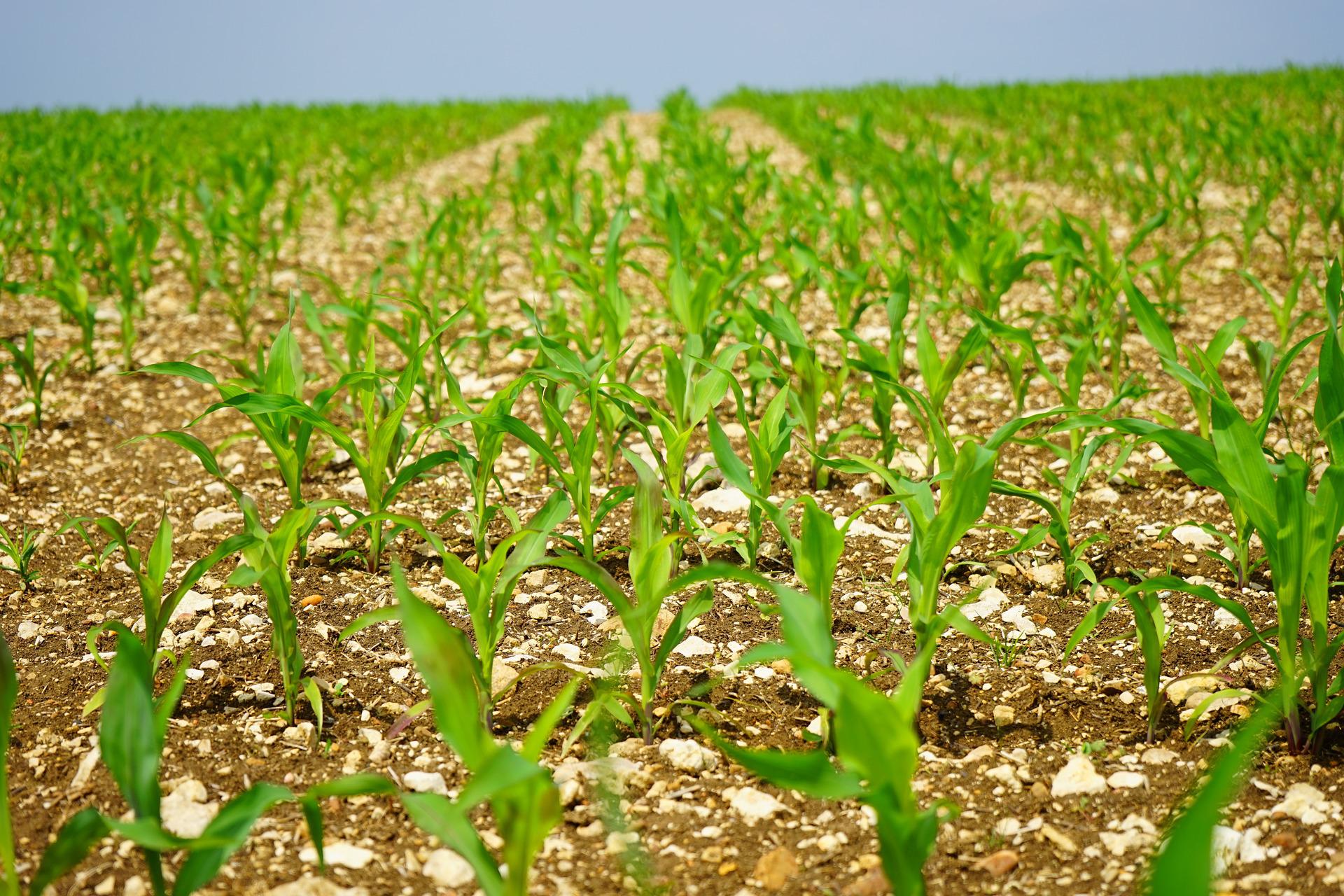Researchers from the Australian National University (ANU) and James Cook University (JCU) discovered a natural mechanism that allows plants to limit their water loss without greatly impacting CO2 intake.
Experts believe the discovery will help agricultural scientists and plant breeders create more water-efficient crops, according to a release. Diego Marquez, co-author from ANU, said the findings could result in more resilient crops that have the ability to withstand extreme weather events, such as drought.
“Plants continuously lose water through pores in the ‘skin’ of their leaves. These same pores allow CO2 to enter the leaves and are critical to their survival. For every unit of CO2 gained, plants typically lose hundreds of units of water. This is why plants require a lot of water in order to grow and survive,” explained Marquez. “The mechanism we have demonstrated is activated when the environment is dry, such as on a hot summer day, to allow the plant to reduce water loss with little effect on CO2 uptake.”
The team believes the water preserving mechanism can be controlled, making it the potential missing piece to breeding more water-efficient crops. The findings are a “dream discovery,” according to Chin Wong, lead author from ANU.
“The agriculture industry has long held high hopes for scientists to come up with a way to deliver highly productive crops that use water efficiently. Plant scientists have been dealing with this big question of how to increase CO2 uptake and reduce water loss without negatively affecting yields,” said Wong. “Having this mechanism that can reduce water loss with little effect on CO2 uptake presents an opportunity for agricultural scientists and plant breeders researching ways to improve water use efficiency and create drought-tolerant crops.”
While researchers have identified the system in place that works to restrict the amount of water lost from the leaf, they remain unsure of what is causing it.
“Our main target now is to identify the structures inside the plant that allow this control. We think that water conduits, called aquaporins, located in the cell membranes, are responsible,” said Marquez. “Once we’re able to confirm this, we can then start thinking about how we can manipulate these systems and turn them into an asset for the agricultural industry.”
“Finding the mechanism itself was one step, a big one, but there is still work to do to translate this discovery into the industry,” added Graham Farquhar, co-author and professor from ANU. “We expect that both government and industry will see the value of contributing funds to achieve this goal.”
Read More:
Why Biostimulants are a Powerful Weapon in the Fight Against Climate Change
Water Scarcity is on the Rise Thanks to Climate Change
Increased Water Pollution from Farms Will Become Common Under Climate Change












